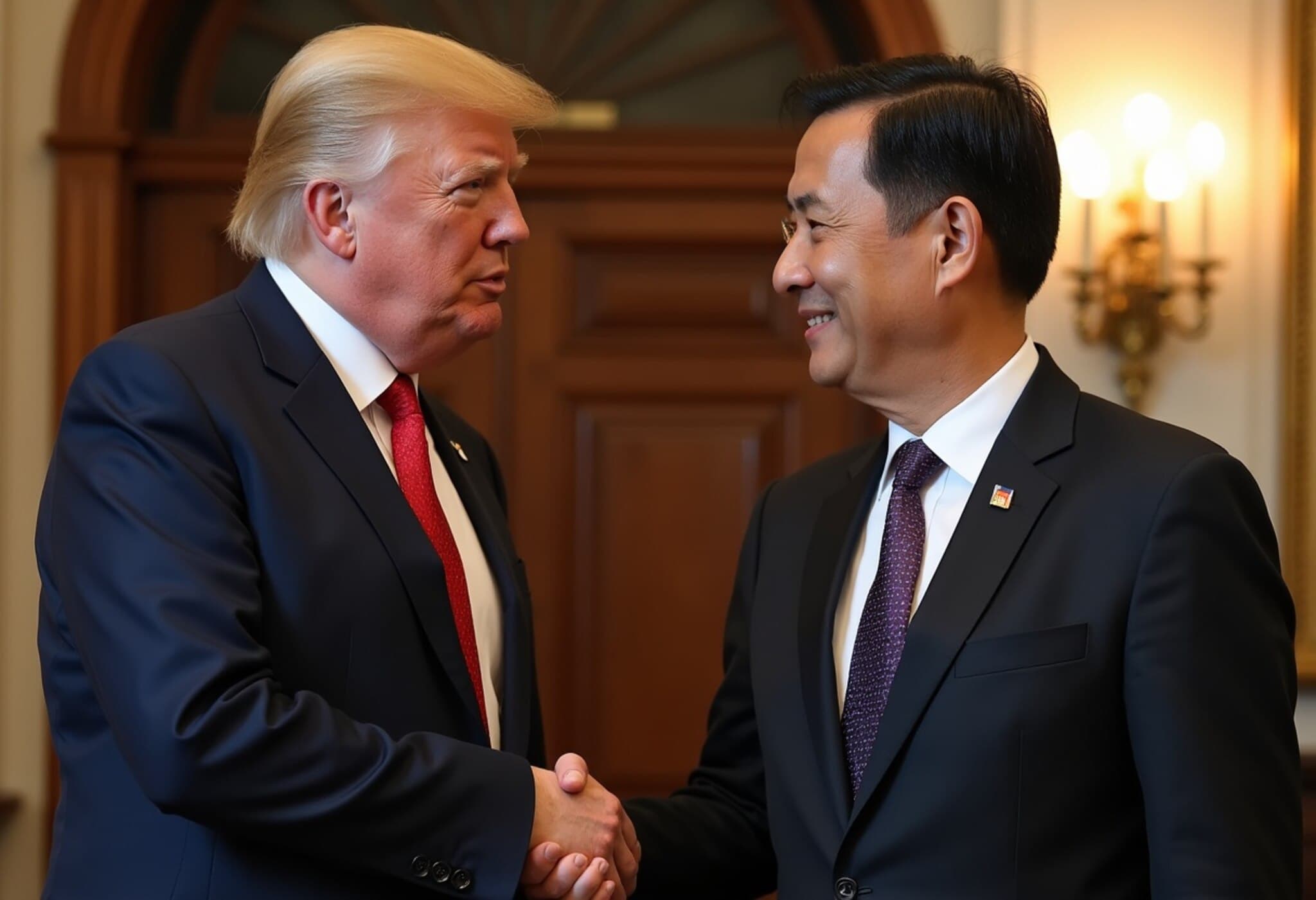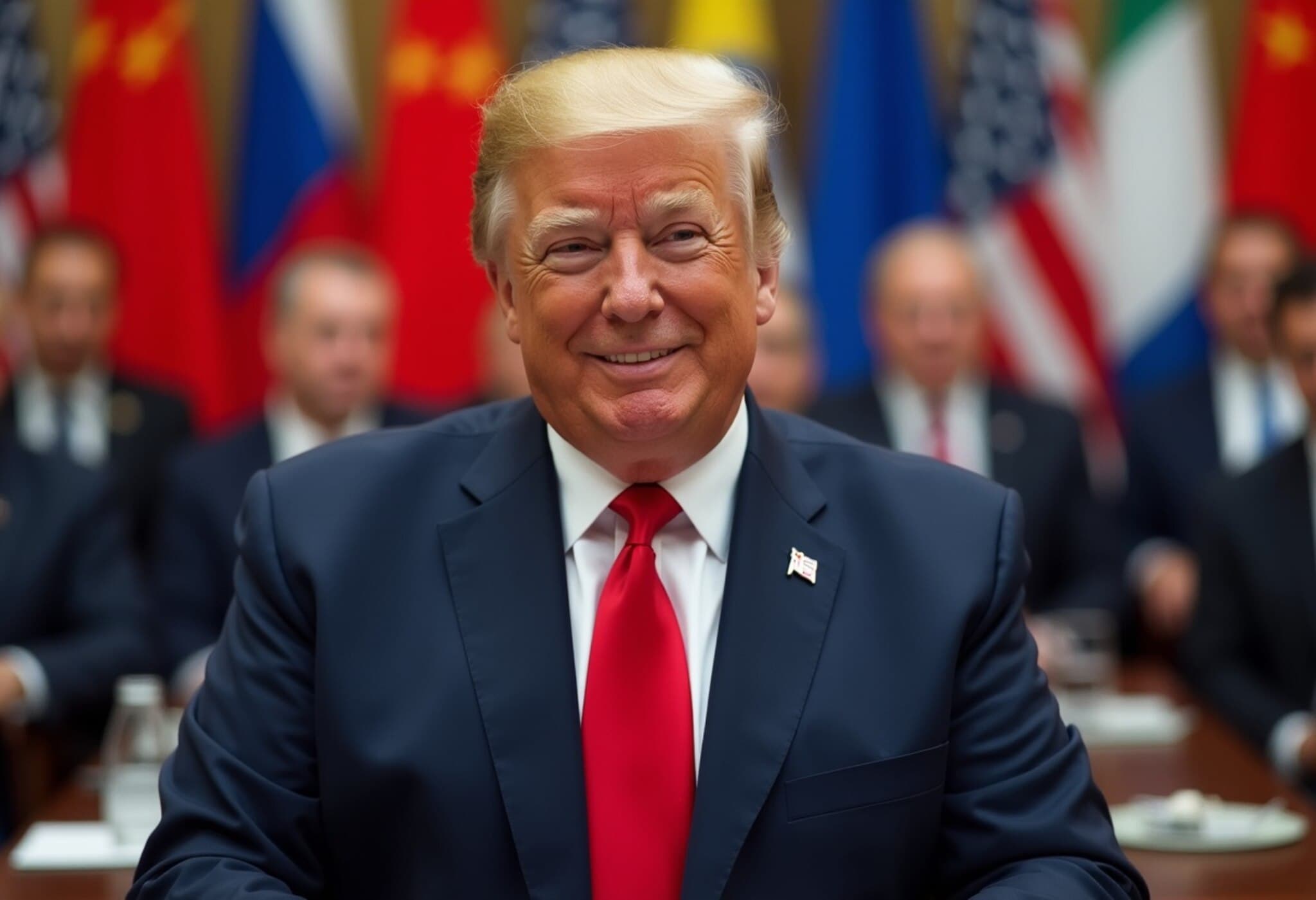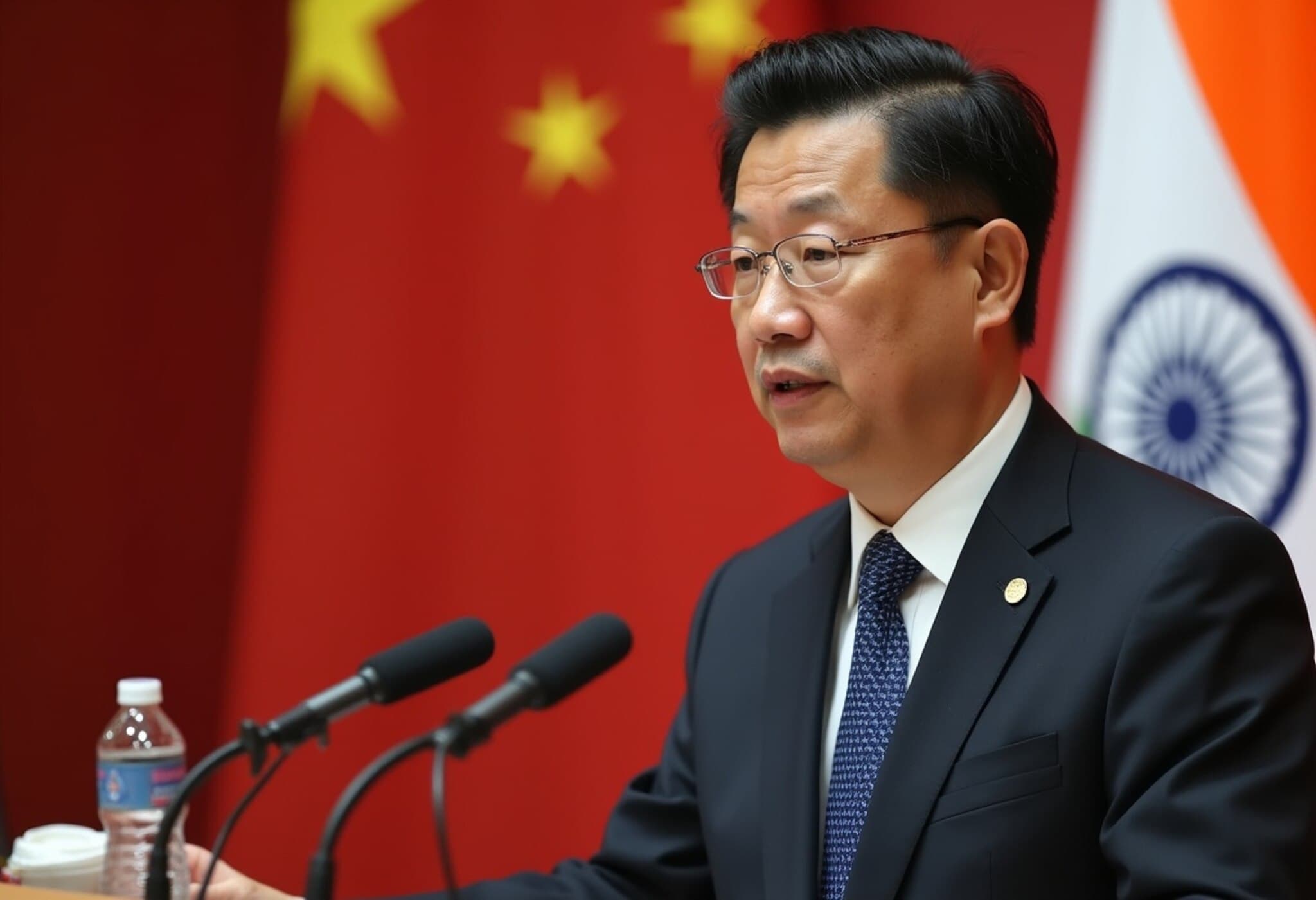New Zealand Intelligence Flags China as Leading Source of Foreign Interference
The New Zealand Security Intelligence Service (NZSIS) has released its annual threat assessment, spotlighting an intensifying challenge facing the country’s national security landscape. According to the report published on August 21, 2025, China has emerged as the most active foreign power engaging in covert activities aimed at influencing New Zealand’s politics, society, and critical infrastructure.
Escalating Risks Amid Strategic Rivalries in the Indo-Pacific
The NZSIS report outlines a shifting geopolitical terrain where the Indo-Pacific region serves as a key battleground for global power competition. China’s intelligence operations are characterized as both assertive and sophisticated, with deliberate intent to expand its foothold within New Zealand and throughout the wider region.
Highlighting Beijing’s “willingness and capability” to undertake espionage and foreign interference, the report warns that such activities threaten New Zealand's sovereignty and economic security. Importantly, while not every engagement amounts to interference, the pattern suggests a coordinated strategy by China alongside other actors such as Russia and Iran to influence policy decisions and access sensitive technologies.
Official Responses and Regional Implications
The Chinese Embassy in Wellington swiftly rebutted the claims, dismissing them as “unsubstantiated and groundless” accusations rooted in what they called a “Cold War mentality.” China reaffirmed its position as a partner but cautioned it would protect its national interests vigorously in the face of perceived attacks.
Meanwhile, Mao Ning, spokesperson for China’s Foreign Ministry, criticized New Zealand’s intelligence apparatus for spreading damaging rumors and urged a focus on fostering bilateral relations grounded in mutual respect.
New Zealand’s Strategic Posture: Bolstering Defence Amid Heightened Threats
New Zealand’s alignment with the Five Eyes intelligence alliance underscores its growing vigilance regarding regional security challenges. Responding to these evolving threats, the government has committed NZ$2.7 billion (approx. $1.6 billion USD) to enhance its defense capabilities.
Andrew Hampton, Director-General of Security, emphasized the urgency of the situation: “Our threat environment is deteriorating, and that has a direct impact on our safety and security.” This highlights the pressing need to adapt national security frameworks commensurate with the complexity of modern threats.
Rising Concerns Over Domestic Violent Extremism
Beyond foreign interference, the NZSIS report sheds light on the persistent danger posed by violent extremism within New Zealand. It identifies lone actors radicalized online as the most plausible threat, fueled by polarizing online discourse. This digital environment cultivates various extremist ideologies, presenting significant challenges for law enforcement and community safety efforts.
Expert Analysis: What This Means for New Zealand and the Wider Region
From a policy analyst’s perspective, New Zealand's candid assessment underscores a broader shift in how middle powers navigate complex geopolitical pressures. The label of China as the “most active” security risk signals a recalibration of alliances and defense priorities not just in New Zealand but across the Indo-Pacific. As Beijing continues asserting influence through technology access and covert maneuvers, countries in the region must balance economic interdependence with robust security postures.
For American policymakers, New Zealand’s findings resonate with long-standing concerns about Chinese espionage, reinforcing the importance of intelligence-sharing partnerships like Five Eyes. It also raises questions about how smaller countries can assert sovereignty without provoking diplomatic fallout or jeopardizing trade ties.
Underreported Aspects and Critical Questions
- How does New Zealand plan to safeguard emerging technologies against espionage in sectors such as telecommunications and critical infrastructure?
- What mechanisms are in place to distinguish between legitimate cultural exchange and covert influence operations?
- How can New Zealand’s experience inform regional strategies to counter online radicalization and domestic extremism effectively?
Editor’s Note
This intelligence report marks a pivotal moment for New Zealand, highlighting a delicate balancing act between maintaining diplomatic relationships and protecting national security. It speaks to the broader global narrative where technological advancement and geopolitical rivalry converge, creating new vulnerabilities. Readers should consider how shifting alliances and emerging threats might shape not only New Zealand’s future but also the stability of the Indo-Pacific region as a whole.
As governments worldwide grapple with increasingly complex security environments, transparency, collaboration, and adaptive policy frameworks remain essential to safeguarding democracy, sovereignty, and societal cohesion in an interconnected world.



















